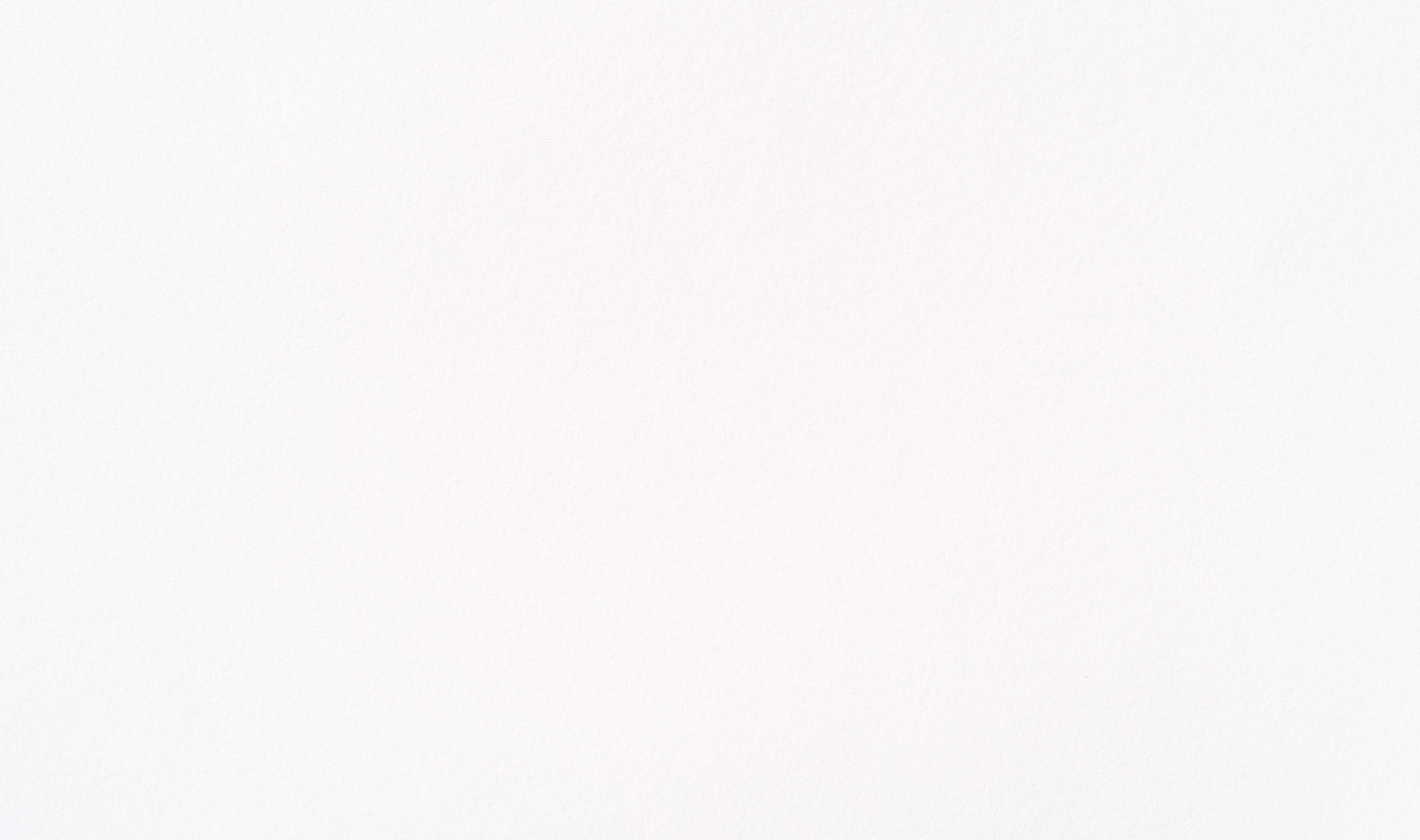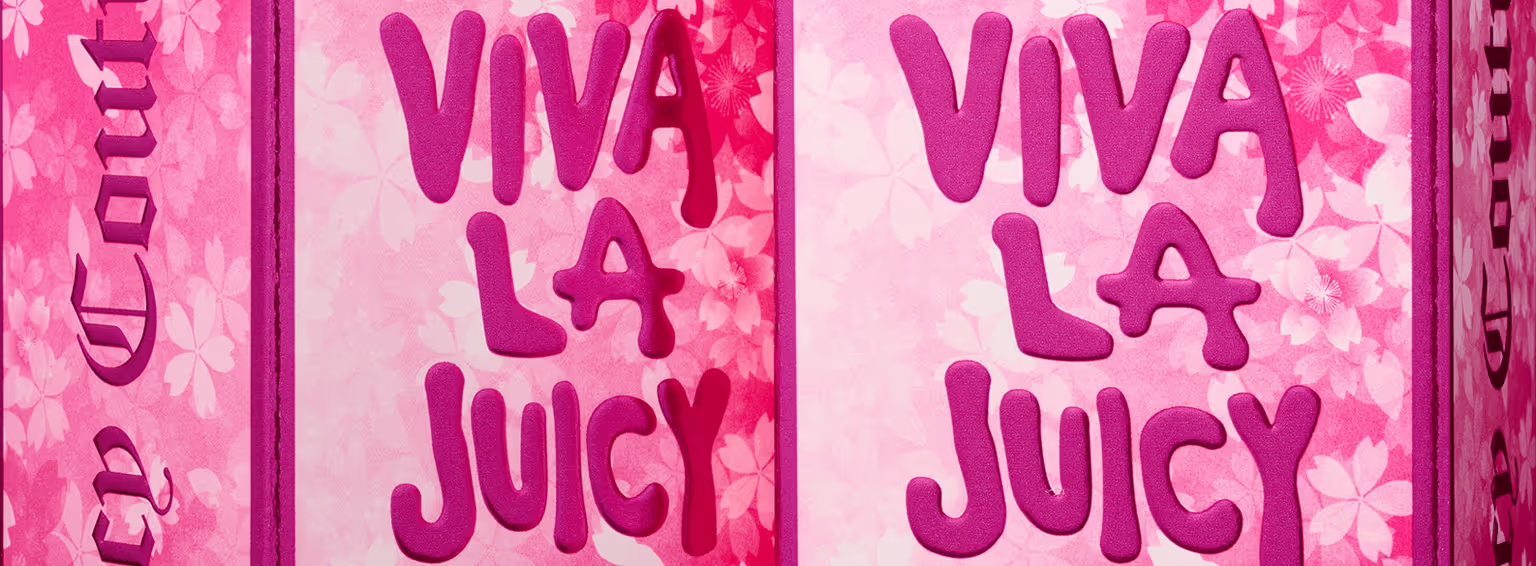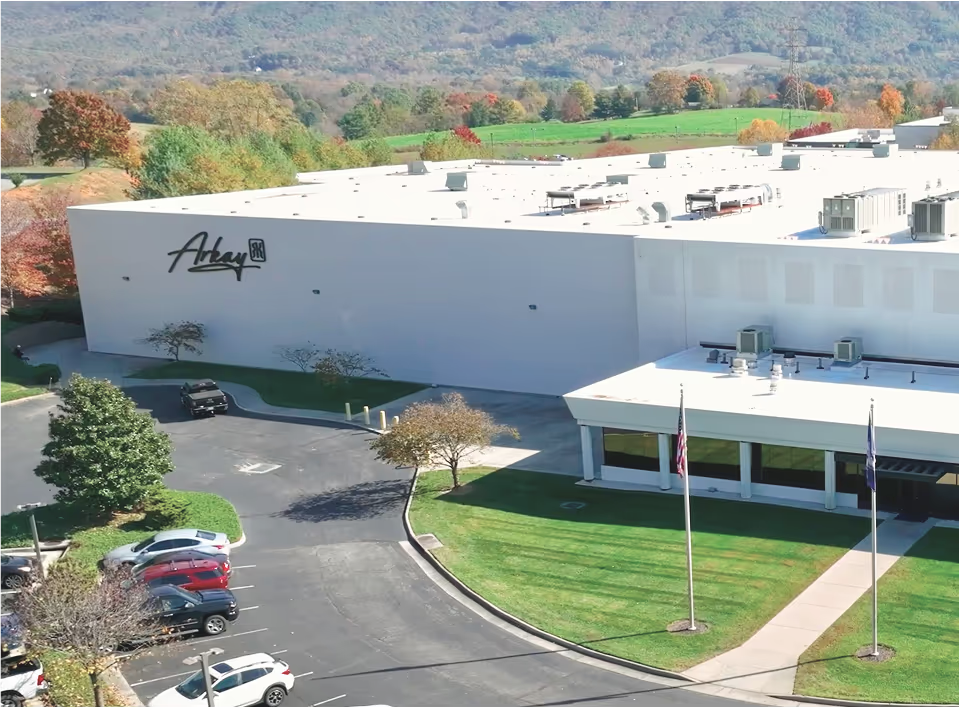

In the premium packaging industry, end-of-life recycling reduces greenhouse gas emissions (GHG) by conserving resources and reducing the need for virgin material production. By avoiding energy-intensive processes like logging and pulping, our manufacturing process emits 25-50% less CO2 than with virgin paper production.
Furthermore, packaging waste in landfills emits methane, a potent GHG. Recycling reduces these emissions significantly; for example, eliminating a single ton of paperboard reduces about the same amount of CO2 coming from landfill decomposition. This is a powerful incentive for EoL.
The EPA estimates that eco-friendly practices in the U.S. prevented 186 million metric tons of CO2-equivalent emissions in 2018, equivalent to removing 40 million cars from the road annually. Packaging materials, a significant portion of municipal waste, contribute substantially to these savings.
What is end of life recycling?
End-of-life (EoL) recycling is the process of collecting and processing products that have reached the end of their useful life so that they can be used to manufacture new products.
Instead of allowing items to be discarded after use, EoL transforms them into raw materials that can be reintroduced back into the supply chain. This fosters innovative product design and contributes to sustainable manufacturing practices.
At Arkay, we do our part to decrease GHG emissions by designing and producing boxes that make end-of-life recycling easy and common.
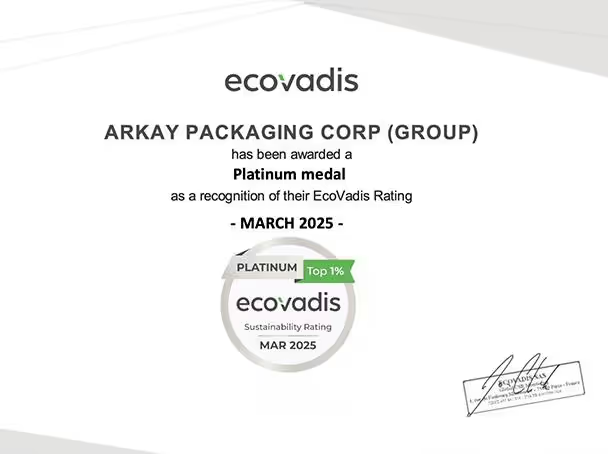
End-of-Life Recycling Practices
Infrastructure
Arkay’s Executive Team and Sustainability Committee team up to steer our environmental strategies and handle risks across the company. They carefully study climate-related risks and opportunities in all our operations, which shapes both our goals and how we achieve them.
We have developed strong partnerships with local providers, dedicated recycling companies, third-party experts, research institutions, industry groups, our suppliers, and our customers. These partnerships are critical to the success of our EoL efforts because they provide a strong, interconnected network of people and organizations all dedicated to achieving the same goals. We share knowledge, resources, and responsibilities.
Without these collaborations, it would be difficult to manage the logistics, costs, and complexity of reducing carbon emissions. We focus heavily on downstream and hazardous waste management.
DOWNSTREAM WASTE MANAGEMENT
The systems for handling waste after it’s generated are referred to as downstream waste management — including collection, sorting, treatment, and disposal. They focus on responsibly managing waste to minimize environmental impact.
To reduce the environmental impact of disposing Arkay products, we’ve created a Product End of Life Policy. We’re working closely with our partners to share clear, open information about how to recycle our products. This year, our goal is to give specific details to at least 50% of our key customers. This helps them make well-informed, eco-friendly choices when disposing of our products. Ultimately, we’re striving for a more sustainable, circular approach to how our products are used and disposed of.
HAZARDOUS WASTE MANAGEMENT
Properly executed, hazardous waste management reduces pollution, protects ecosystems, and ensures compliance with legal standards. In the context of EoL, it involves separating toxic components, treating or neutralizing them, and complying with regulations for safe material recovery or disposal. It includes identifying hazardous waste, following regulations, and using methods like incineration, chemical treatment, or secure landfilling to minimize environmental impact.
Arkay’s biggest source of hazardous liquid waste comes from ACCU Dyne Test Markers, which we use to check if inks and coatings will stick properly. We have clear rules for managing hazardous waste, including training our team, sorting and labeling waste, preparing for emergencies, and following strict disposal steps. We’ve set up a special area where hazardous waste is created, as well as a dedicated Hazardous Waste Storage Area. In the storage area, all drums are carefully labeled with yellow hazardous waste tags, have volume and time limits, and are dated.
Circular Solutions
Circular economy solutions minimize waste and maximize resource use by keeping materials in a continuous cycle of use, reuse, and recycling.
CLOSED-LOOP SYSTEMS
Closed-loop systems reintroduce end-of-life products back into the same supply chain, creating a self-sustaining cycle. For example, in our industry, used packaging is collected, processed, and reused to create new packaging. Arkay’s paperboard is made with 100% post-consumer fiber.
WASTE RECYCLING
An effective waste management plan seeks to:
- Reduce waste at the source
- Increase recycling rates
- Achieve zero landfill
- Reduce hazardous waste
- Lower resource consumption
- Align with circular economy principles
At Arkay, using resources wisely is a core part of how we do business by cutting waste and promoting circular practices. Our goals for this year are to keep 95% of our manufacturing waste out of landfills and reduce hazardous waste to 0.05% or less of our total waste. We came close to our landfill goal, diverting 94% of our waste. Even better, back in 2023, we had already hit our hazardous waste target, with only 0.003% being hazardous. To stay on track, we use a centralized system to track and report all our waste, including hazardous materials.
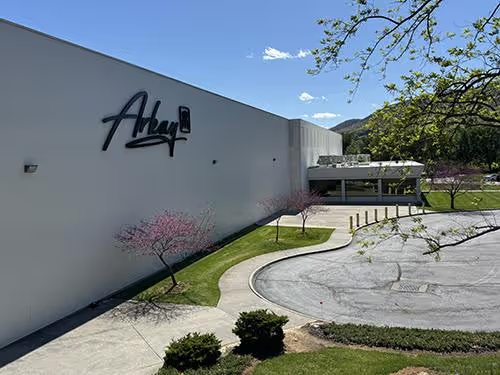
WASTE STREAM MAPPING
Waste stream mapping analyzes and visualizes the flow of waste materials generated by a company or process, from creation to disposal. It identifies types, quantities, and sources of waste to pinpoint inefficiencies and opportunities for reduction, reuse, or recycling.
At our manufacturing facility in Roanoke, Virginia, we closely track and map our waste to understand what we produce. We’ve identified three main types: municipal/solid waste, liquid waste (both hazardous and non-hazardous), and recyclable materials. The local Roanoke County waste management company handles our municipal waste efficiently.
Most of our waste is paper and folding cartons, which we manage by working with a local recycling company that reintroduces these materials into the economy. To ensure everything is handled properly, a third-party Environmental Health and Safety (EHS) consultant inspects our waste every two weeks, making sure it’s sorted accurately and disposed of.
Design for Recyclability
Arkay’s Executive Team and Sustainability Committee team up to steer our environmental strategies and handle risks across the company. They carefully study climate-related risks and opportunities in all our operations, which shapes both our goals and how we achieve them.
It’s much easier to encourage people and organizations to adopt sustainable habits if new products are designed to be recyclable from the outset. Here are some ways we do that.
- Choose widely recyclable raw materials. Arkay uses foils that can be recycled with the package and that don’t interfere with the biodegradation process.
- Incorporate post-consumer recycled materials. We source a luxurious paper from Monadnock Paper Mills that is made from 100% recycled materials.
- Ensure inks, coatings, and chemicals don’t interfere with the recycling process. Our inks and dyes are easily removed by standard de-inking processes.
GHG Targets
In 2022, we surpassed our goal of cutting Scope 1 and 2 GHG emissions by 5% compared to 2018. This success led our Sustainability Committee to set bolder targets in line with the Science Based Targets Initiative (SBTi), which is considered the top standard for corporate climate action. SBTi gives companies a clear plan to reduce emissions based on scientific needs. In 2024, SBTi approved our new targets, confirming they are science-based and support the critical goal of keeping global warming to 1.5°C, as set out in the Paris Agreement.
Our GHG emissions reductions targets are:
- Reduce scope 1 and scope 2 GHG emissions 42% by 2030 from a 2022 base year, and measure and reduce scope 3 emissions
- Reduce scopes 1, 2, and 3 emissions 90% by 2045 from a 2022 base year and achieve net-zero GHG emissions by 2050
Thoroughly implementing EoL will be critical to achieving these goals.
At Arkay, we’ve invested time, talent, and resources in becoming the most environmentally friendly manufacturer we can be. We believe in this vital cause, not viewing it as an optional add-on, but as an integrated part of what and who we are as a company — engaging in steps to preserve the world we live in for ourselves and for future generations.
BEHIND THE PACKAGING
More Articles
